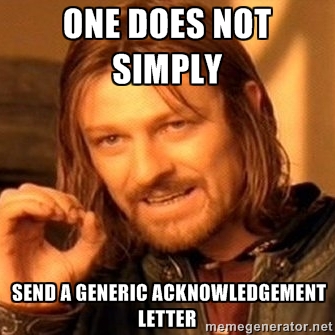Hi everyone, I just returned from giving a keynote speech in at the Chatham-Kent Nonprofit Network‘s annual conference (in Ontario Canada) called “We Are Unicorns: Why Nonprofit Peeps are Awesome, Magnificent, and Downright Sexy.” It was an easy speech to give, since we are all those things, and our sector is kicking some serious butts. Just look at this article in Forbes that says we are more “poised for the future than either business or government.” And this report that shows we have been growing jobs at a rate of 2.1% while businesses have been losing them at a rate .06%. In light of this, I recommend we all go home early today and bake some unicorn-shaped cookies to celebrate.
However, since we are adding so many jobs, we need to now focus more attention on our hiring practices, which, unfortunately, are often medieval, short-term-focused, and inequitable. We have been relying heavily on the for-profit world’s hiring model, which has not been aligned with our sector-wide values of equity and community. It leaves out too many good people, and it is time that we as a field examine and change how we hire people. Here are some weaknesses of the hiring process for us all to reflect upon while we eat our unicorn cookies:Continue reading →





